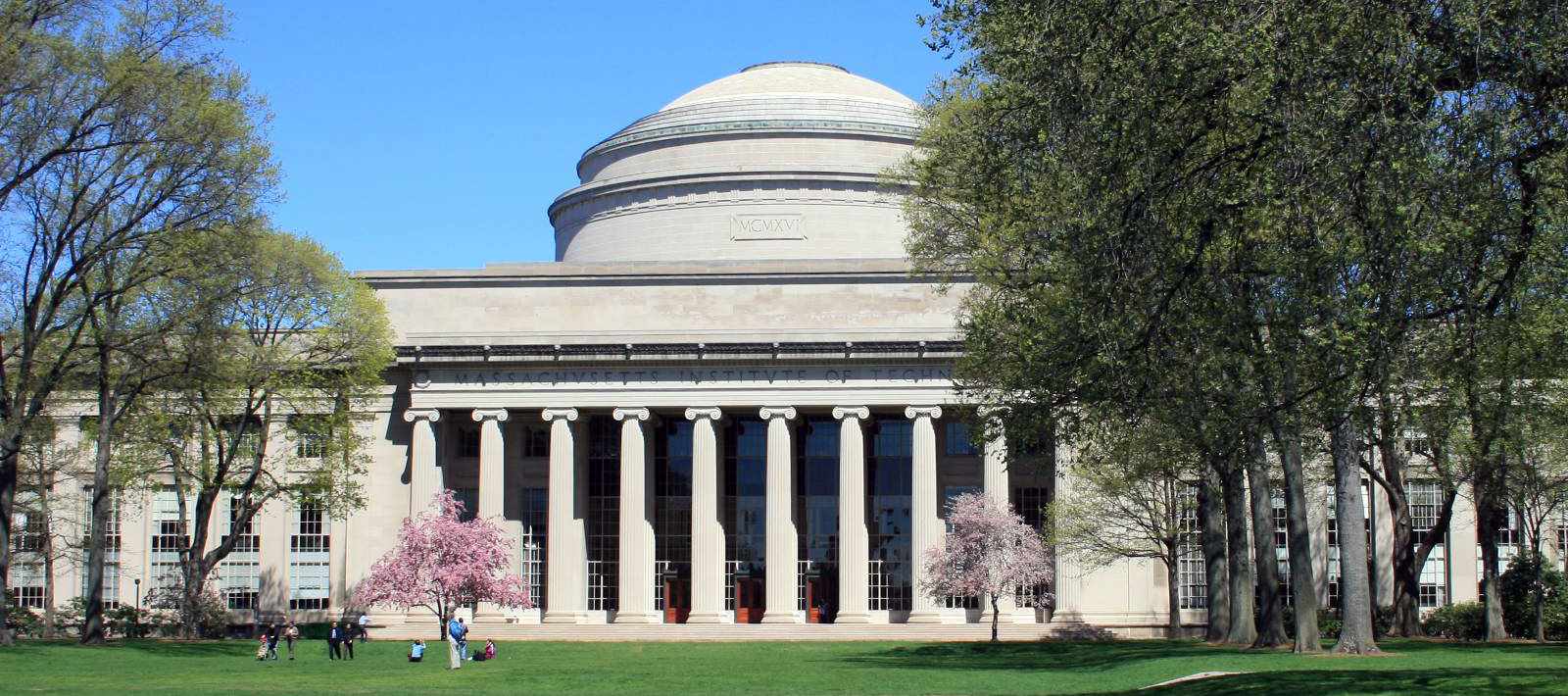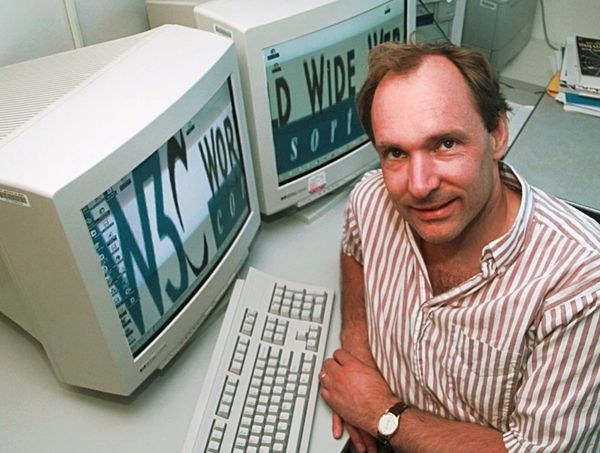Massachusetts Institute of Technology (MIT) is a private research university in Cambridge, Massachusetts. The institute is a land-grant, sea-grant, and space-grant university, with an urban campus that extends more than a mile (1.6 km) alongside the Charles River.

The institute also encompasses a number of major off-campus facilities such as the MIT Lincoln Laboratory, the Bates Center, and the Haystack Observatory, as well as affiliated laboratories such as the Broad and Whitehead Institutes. Founded in 1861 in response to the increasing industrialization of the United States, MIT adopted a European polytechnic university model and stressed laboratory instruction in applied science and engineering. It has since played a key role in the development of many aspects of modern science, engineering, mathematics, and technology, and is widely known for its innovation and academic strength.

As of October 2020, 97 Nobel laureates, 26 Turing Award winners, and 8 Fields Medalists have been affiliated with MIT as alumni, faculty members, or researchers. In addition, 58 National Medal of Science recipients, 29 National Medals of Technology and Innovation recipients, 50 MacArthur Fellows, 73 Marshall Scholars, 41 astronauts, and 16 Chief Scientists of the U.S. Air Force have been affiliated with MIT.

The university also has a strong entrepreneurial culture and MIT alumni have founded or co-founded many notable companies. MIT is a member of the Association of American Universities (AAU).
The World Wide Web Consortium (W3C) was founded in 1994 by Tim Berners-Lee after he left the European Organization for Nuclear Research (CERN) in October, 1994.
It was founded at the Massachusetts Institute of Technology Laboratory for Computer Science (MIT/LCS) with support from the European Commission, the Defense Advanced Research Projects Agency (DARPA), which had pioneered the ARPANET, one of the predecessors to the Internet. It was located in Technology Square until 2004, when it moved, with CSAIL, to the Stata Center.
The organization tries to foster compatibility and agreement among industry members in the adoption of new standards defined by the W3C.
Incompatible versions of HTML are offered by different vendors, causing inconsistency in how web pages are displayed. The consortium tries to get all those vendors to implement a set of core principles and components which are chosen by the consortium.












